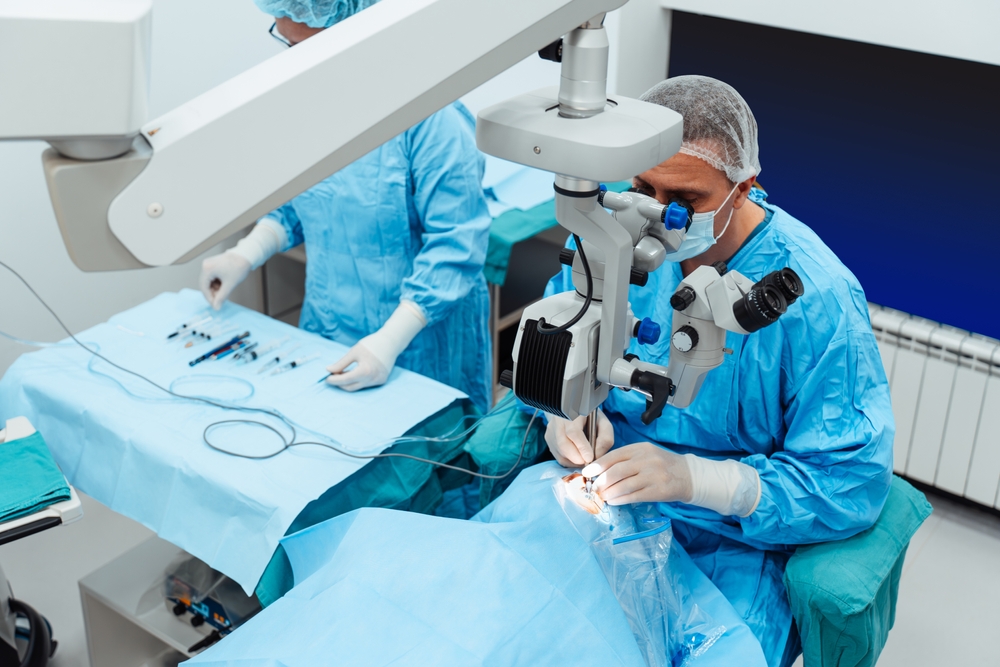
A healthy macula plays a crucial role in your ability to see fine details, read, and recognize faces. When a macular hole develops, it can seriously impact your central vision and quality of life. Fortunately, modern retinal surgery, specifically a procedure called vitrectomy, can successfully repair macular holes and restore vision for many patients.
Understanding Macular Holes
A macular hole is a small break or opening that forms in the macula, the central part of the retina responsible for sharp, detailed vision. Macular holes often develop due to age-related changes, but can also result from eye injuries, retinal detachment, or other underlying eye conditions. Common symptoms include blurry or distorted central vision, difficulty reading, or seeing a dark spot in the center of your vision.
What Is Vitrectomy?
A vitrectomy is a type of eye surgery used to treat a range of retinal conditions, including macular holes. During this procedure, your retinal specialist removes the vitreous gel (the clear, jelly-like substance that fills the center of your eye) to relieve traction on the macula and allow the hole to close. A special gas bubble may be placed in the eye to help flatten the macula and promote healing.
What to Expect Before Surgery
Before recommending vitrectomy, your ophthalmologist will conduct a comprehensive eye exam, often including advanced imaging such as optical coherence tomography (OCT) to confirm the presence and severity of the macular hole.
Pre-Surgical Instructions:
Medications: You may be asked to temporarily stop certain medications before surgery.
Fasting: You’ll typically need to avoid eating or drinking for several hours before your procedure.
Transportation: Arrange for someone to drive you home after surgery, as your vision may be affected.
Your doctor will explain the procedure, expected outcomes, risks, and the importance of post-operative care, including the need for specific head positioning after surgery.
Post-Operative Recovery
Vitrectomy is usually performed as an outpatient procedure. After surgery, your eye will be covered with a patch, and you may experience mild discomfort, tearing, or redness. If a gas bubble is placed in your eye, you’ll be asked to maintain a face-down or specific head position for several days to weeks. This helps the bubble press gently against the macula, encouraging the hole to close and heal. Your care team will give you detailed instructions.
Post-Operative Care:
Medications: You’ll use prescribed eye drops to prevent infection and reduce inflammation.
Activity Restrictions: Avoid flying or traveling to high altitudes while the gas bubble is in your eye, as changes in air pressure can affect the bubble.
Follow-Up Visits: Regular check-ups will monitor your healing and vision improvement.
Vision improvement can be gradual. Most patients notice clearer vision as the macular hole closes, though full recovery can take several months.
Concerned About Your Vision?
A macular hole can be alarming, but modern retinal surgery offers an excellent chance of visual recovery. Vitrectomy is a safe and effective procedure, and most patients experience significant improvements in their central vision after successful treatment.
If you or a loved one has been diagnosed with a macular hole, contact Gulf Coast Retina Center to learn if a vitrectomy is right for you. Visit our office in Sarasota or Venice, Florida, call (941) 312-2769 to book an appointment, or be seen today.








